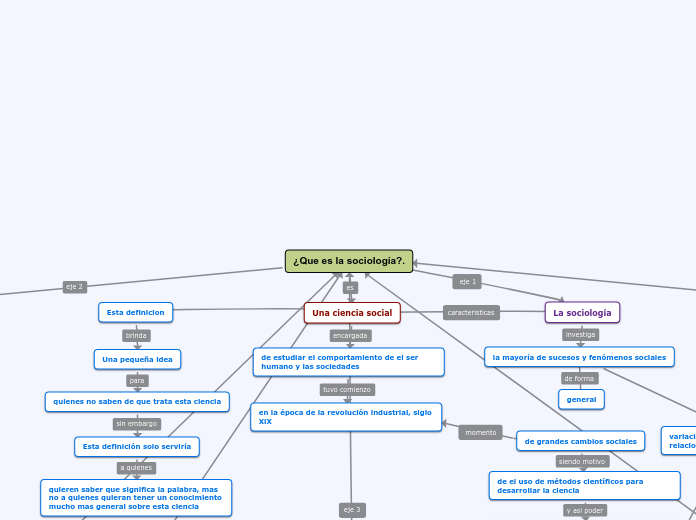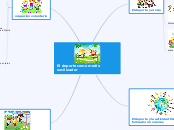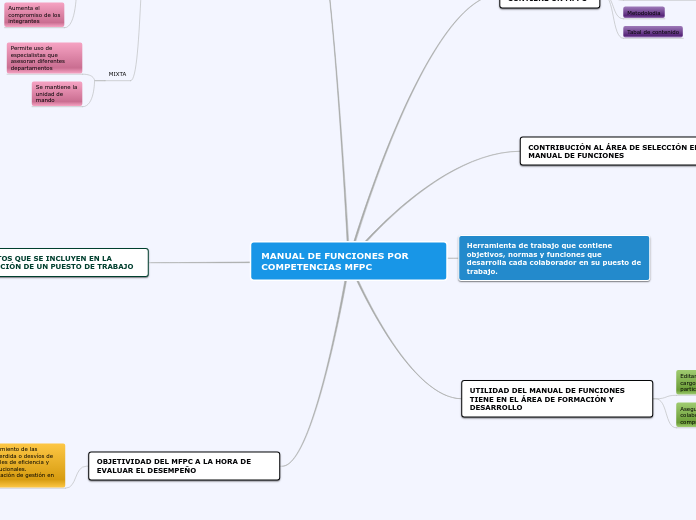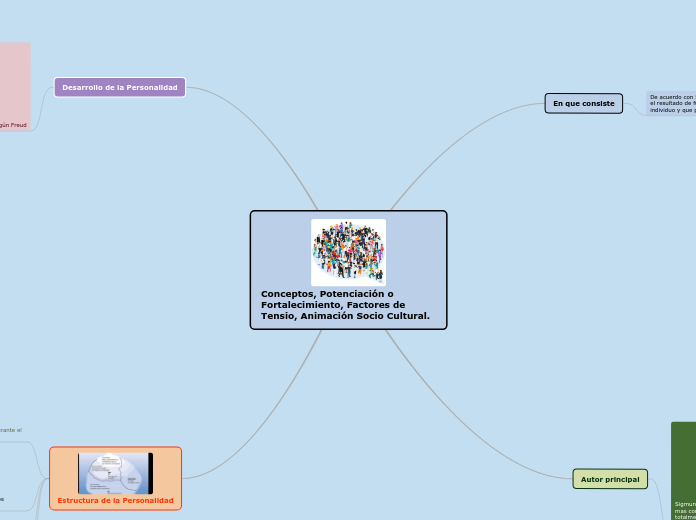von Nadia Paola Estrella Chang Vor 2 Jahren
379
PRESENT SIMPLE
El presente simple en inglés se utiliza para hablar de eventos programados, tanto presentes como futuros, así como para dar instrucciones o indicaciones. Es común en situaciones donde se describen hábitos y rutinas, hechos generales y situaciones repetidas.









